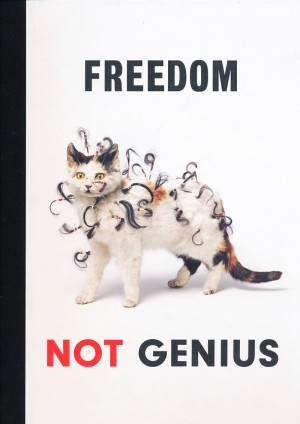‘Freedom not Genius: Works from Damien Hirst’s Murderme Collection’
Essay accompanying a show at the Pinacoteca Giovanni e Marella Agnelli, Turin, curated by Elena Geuna.
Hoyland is considered by many to be one of the greatest abstract painters of his generation. He championed the centrality of abstraction in the history and survival of modernist art. Hoyland believed that paintings should be self-sufficient mechanisms constructed to deliver a powerful pulse of visual, mental and emotional energy, without recourse to established figurative imagery. He challenged the viewer through aggressive use of colour, wielding a vast palette that seemingly encompassed all of the hues that fill the world around us. The expressive force of Hoyland’s paintings derives from the intensity and conviction of their engagement with colour, scale and abstract form, rather than with any direct expression of personal feeling.
Hoyland gained the attention of the London art scene in 1960, when he took part in ‘Situation’, a pioneering show of British abstract painting at the RBA Galleries, London. Hoyland’s first solo show was held at the Marlborough New London Gallery in 1964. This was soon followed by a string of national and international solo exhibitions at, among others, the Whitechapel Gallery, London (1967); the Picker Gallery, Colgate University, Hamilton, New York (1972); the Serpentine Gallery, London (1979); the Royal Academy, London (1999); and the Graves Art Gallery, Sheffield (2001). More recently Hoyland participated in group exhibitions at Tate Liverpool (2003); Tate Britain (2004 and travelling); Fondació Joan Miró, Barcelona (2010); and the Yale Center for British Art, New Haven (2011). He was elected to the Royal Academy in 1991, where he also held the honourary position of Professor of Painting. In 1998 Hoyland won the Wollaston Award for the most distinguished work in the Royal Academy Summer Exhibition.
© Other Criteria, 2013
